Claude's impressive Artifact feature has been significantly upgraded, making it easier to share with other users, even those without a Claude account
Artifact was introduced with Claude 35 Sonnet and allows users to interact with code, vector graphics, and other content created by chatbots Each artifact can also be reused as a way to enhance a project without having to copy and paste the entire output into a new message
With the latest update to Artifact, Anthropic has finally added one of its most requested features, giving users the ability to share artifacts
Artifacts has a fairly limited word count, or code/function limit, as well as limited access to third-party modules and APIs However, it is still an exciting development worth playing with
If you want to create an entire web application with only text prompts, I suggest checking out Websim
It's a simple but impressive idea Basically, an artifact is a wrapper that allows Claude to serve up a piece of code, a piece of text, or any other form of content, including vector graphics, in a way that users can play with, share, and save without getting caught up in the maelstrom of conversation
Sharing is the latest addition, and more impressive than simply being able to share artifacts is the remix feature This allows users to iterate and improve on artifacts created by other users It can also be used to improve one's own artifacts
This is a very impressive concept, and other AI tools are beginning to emulate it, including Poe, a Quora-backed AI chatbot aggregator
I came up with seven ideas worth sharing and refined each with multiple prompts to get a practical, usable artifact This was more difficult than I had initially anticipated and took many attempts to get it to work properly
I also asked Claude in each instance to create a prompt that summarized everything that had been created up to the point I clicked "publish" on the Artifact This is so that I can not only remix the Artifact, but also test each one myself from scratch
If you choose to remix, the Artifact will be shared with a new instance of Claude and will include instructions suggesting three ways to improve it If you just want to use each artifact, you do not need a Claude's account
In theory, one of the easiest things to create with artifacts is a simple budget planner However, what I found in the process of putting this together is that you have to be very specific about what you want Claude to do
For example, if you want to be able to track different types of spending, you need to make that clear What I have put together is a very effective and simple tool
Of course, you can adjust it as you wish You can remove certain features, add specific categories, or simplify it to two columns and a button
To make changes, just click on Remix, and you can change it in any way that suits your needs
Next up is a simple personal fitness tracker Originally, we were going to create some sort of challenge system that would allow you to enter the time and number of steps for different users on a given day, but due to artifact limitations, that didn't work out [Instead, I created a personal fitness dashboard that displays the number of steps and heart rate, reaching the limits of what is possible with one prompt So some buttons don't work, but the core functionality does
There is not much room to specifically improve or enhance what is already there, but you can try to replace the various features after clicking Remix
For example, instead of recording the number of steps, you might want to record the length or number of reps in the pool Simply ask Claude to make such a change and update the artifact If you come up with something compelling, please show us
Now that we have an idea of where the money is going and how much exercise is involved, it's time to eat This time, I had to get very creative with the prompts in order to fit more than two recipes into the artifact
I told Claude not to clean up the code or make it human readable The result was an artifact with a dozen or so recipes available at the touch of a button
Claude, like many of the larger language models, is very good at recipes If you don't want a generic recipe roulette app like the one I've created here, you could ask Claude to swap out the recipe for a drink or sauce, or even an activity app You can even ask him to serve you 12 random activities instead of food or drinks
Time for a little fun This surprised me because I didn't think it would work as well as it did The idea was to create a simple animation tool, one that could be used to create a simple animation
It's a beautified stop-motion animator: add new frames and new pixels over 20-30 frames and you have a few seconds of motion
I thought this would work, but would be janky But it is much better than I expected It's a simple pixel animation tool
I have no idea how to improve this, but what I can do is request a wider range of colors You can also have it create stamps and shapes that can be dropped onto the board Other options include different canvas sizes and a number of frames per second for the final animation The save option does not work with artifacts
Now that you are healthy, have eaten and played a little, it is time to relax This is a simple breathing exercise Breathe in, breathe out, feel better You can't do more than that, and it's a really simple calming interface
However, when Claude first made it for me, it wasn't so calming I had to push Claude to be more imaginative and express the UI I was looking for
There is quite a lot that can be done to improve this, as it is an incredibly simple app
For example, you can add different visualization techniques, using animations and vector graphics You can have the claude create a wider range of lengths and durations, or you can have it display a positive message while inhaling or exhaling
However, due to ecosystem limitations, sounds and other features cannot be used within an Artifact
Let's have a Zen garden while we continue to relax for a while This is a simple simulator of a traditional zen garden, something really beautiful and intricate, and then you clean it all up It's not perfect, but it works If you are more interested in Zen gardens than I am, there are a lot of things you could improve upon
One possible idea for improvement would be to enhance the raking effect It may be necessary to manually swipe over the game board to remove objects that have been created or to add additional patterns to the raking process However, to do this, one would run into message limitations and would probably have to remove some of the other features
Finally, once you've reached a zen-like state, try learning a new language
Well, not really You'll probably only learn a few basic phrases that you'd use in a coffee shop But I studied French for five years, and that's pretty much all I remember
It offers a series of simple flashcards with key words in five different languages You can then jump between them
This could be really fun to improve, just pick one language instead of five and have them explain it in more detail
You could also have it change from flashcards to conversations Honestly, if you want to use AI that way, just talk to Claude
Artifacts are a powerful new feature, but they have definite limitations The biggest of these is the message limitation, which basically means that you must be able to get all of the artifact's code content in one prompt
The message character limit definitely needs to be addressed if Anthropic wants to be a useful and usable tool outside of Claude
If you enjoyed these artifacts, feel free to remix them, change them, or create and share entirely new artifacts, tag me if you post them on X, or send me an email and I'll add them to the list

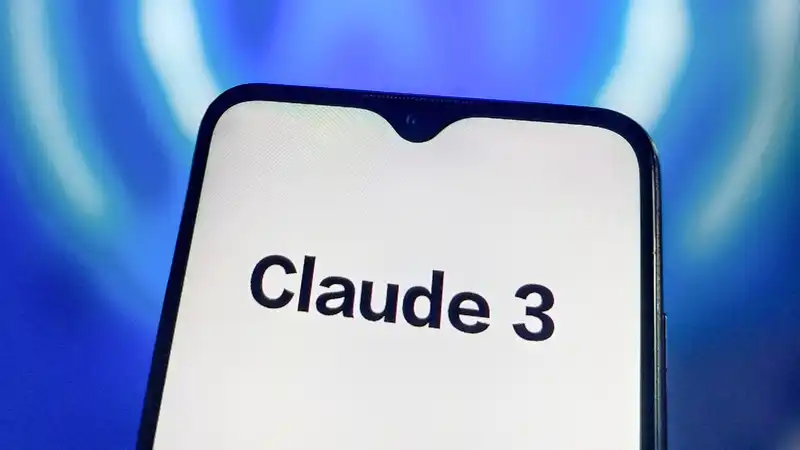
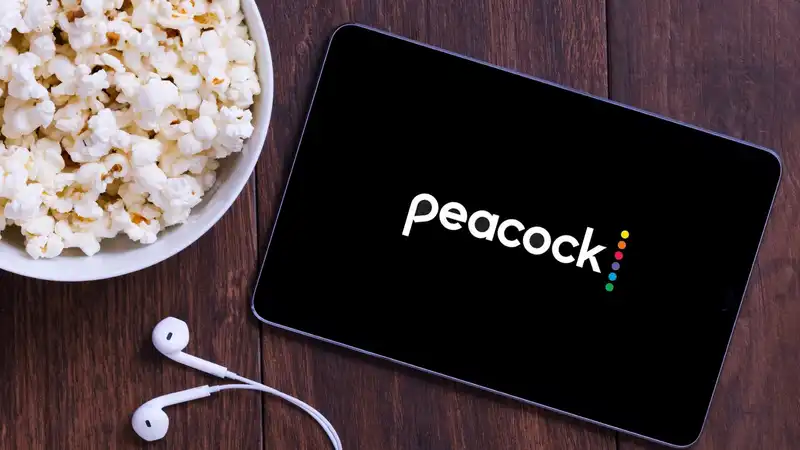


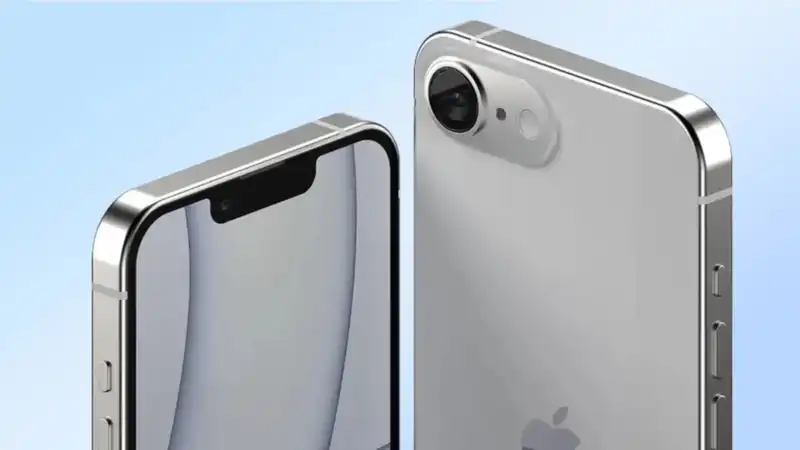

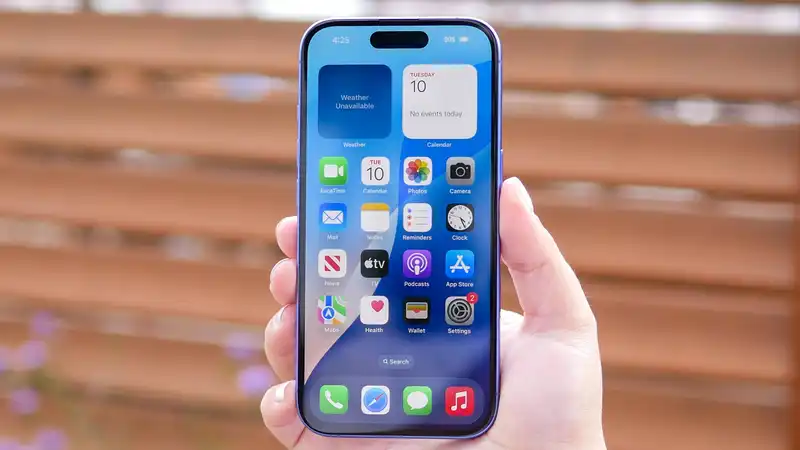

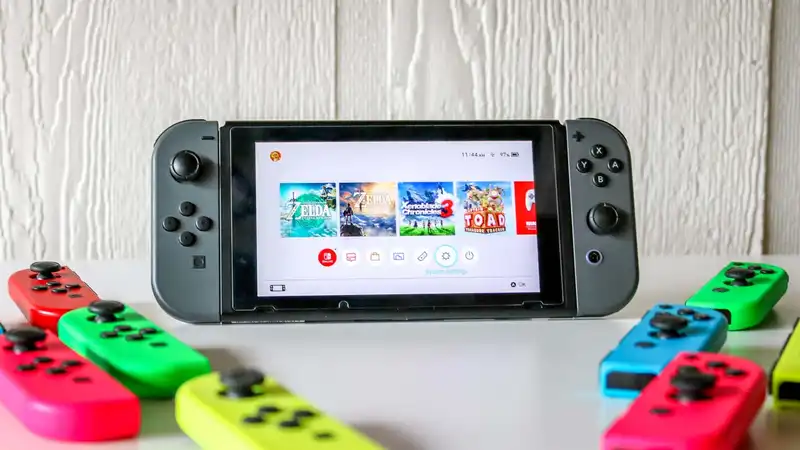
Comments